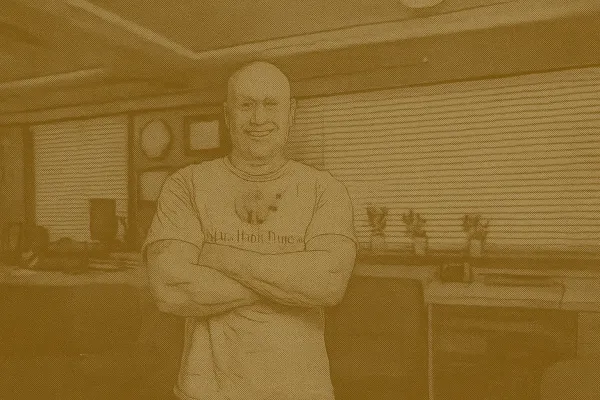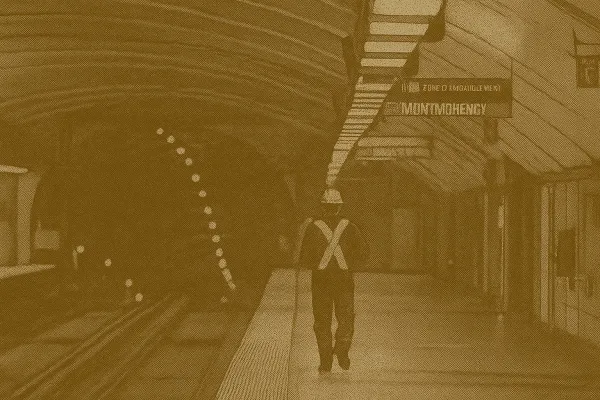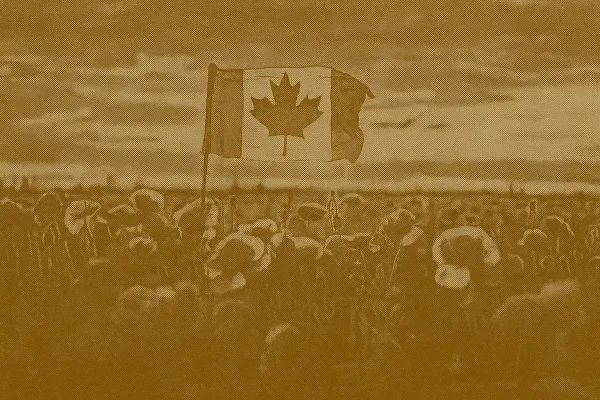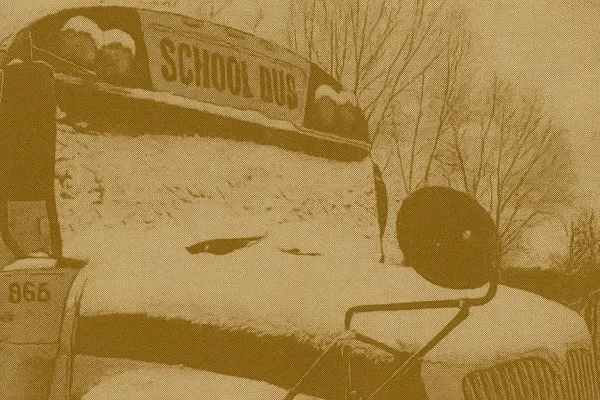Based on coverage from CBC and CityNews Halifax.
Yukon Party's Return to Power with Strong Mandate
Currie Dixon and the Yukon Party have finally achieved what they've been striving for over the past decade: a return to power with a majority government. The recent election results were decisive, with the Yukon Party capturing 14 out of 21 seats and securing nearly 52% of the vote. This marks a significant shift from the 2021 election, where they tied with the Liberals in seat count despite winning the popular vote. Now, with a clear mandate, the Yukon Party is expected to address a host of pressing issues, including healthcare, housing, crime, the toxic drug crisis, mining, and energy.
Financially, the Yukon is in a favourable position. The territory boasts a projected budget surplus of $133 million, and its debt load, while nearing $700 million, is modest at about 9% of GDP. This compares well against Canada's 111% and the United States' 121%. With Ottawa covering around 85% of the Yukon's expenses, any austerity measures would be a choice rather than a necessity unless there are changes to federal funding.
Support The Canada Report and help keep it ad-free and independent — click here before you shop online . We may receive a small commission if you make a purchase. Your support means a lot — thank you.
Liberal Collapse and NDP's Mixed Results
The election was a disaster for the Yukon Liberals. Leader Mike Pemberton lost his seat in Whitehorse West, and the party was reduced to a single seat. Despite Pemberton's intention to remain leader until the party's annual meeting in January, the Liberals face internal divisions and a talent exodus. While the party has bounced back from similar setbacks in the past, as seen with former premier Sandy Silver, rebuilding could take years.
The NDP, while disappointed, saw some gains. They increased their seats from three to six and will form the official opposition. The party managed to win in new areas, like Mountainview and Klondike, but their campaign strategy, which shifted from leader Kate White's positive image to a more negative tone, may have cost them. It's been nearly 30 years since the NDP last formed a government in the Yukon, and they'll need to refine their approach if they hope to change that.
Challenges and Opportunities for Dixon's Government
Currie Dixon, the first premier born in the Yukon, faces the challenge of assembling a cabinet from a large pool of MLAs. The new government is younger, more diverse, and more female than previous iterations, which could bring fresh perspectives. However, Dixon will need to navigate potential tensions within his party, especially with long-serving MLAs like Brad Cathers and Wade Istchenko.
Dixon's early priorities include expanding Whitehorse General Hospital and improving the territory's electrical infrastructure. He has also expressed interest in linking the Yukon's power grid with British Columbia, a project estimated to cost $4 billion. While the federal government could play a crucial role in such initiatives, Dixon emphasizes the need to address immediate infrastructure demands within the territory.
Despite a non-binding vote in favour of electoral reform, Dixon is cautious about prioritizing changes to the voting system, citing resource constraints. Instead, he aims to focus on issues that directly impact Yukoners' lives. As Dixon prepares to take office, the pressure to deliver on campaign promises and tackle complex issues will be significant. The coming years will test the Yukon Party's ability to maintain its focus and navigate the challenges ahead.
Related: Nunavut Tuberculosis Cases Drop to 21 in 2025, Marking Significant Progress








